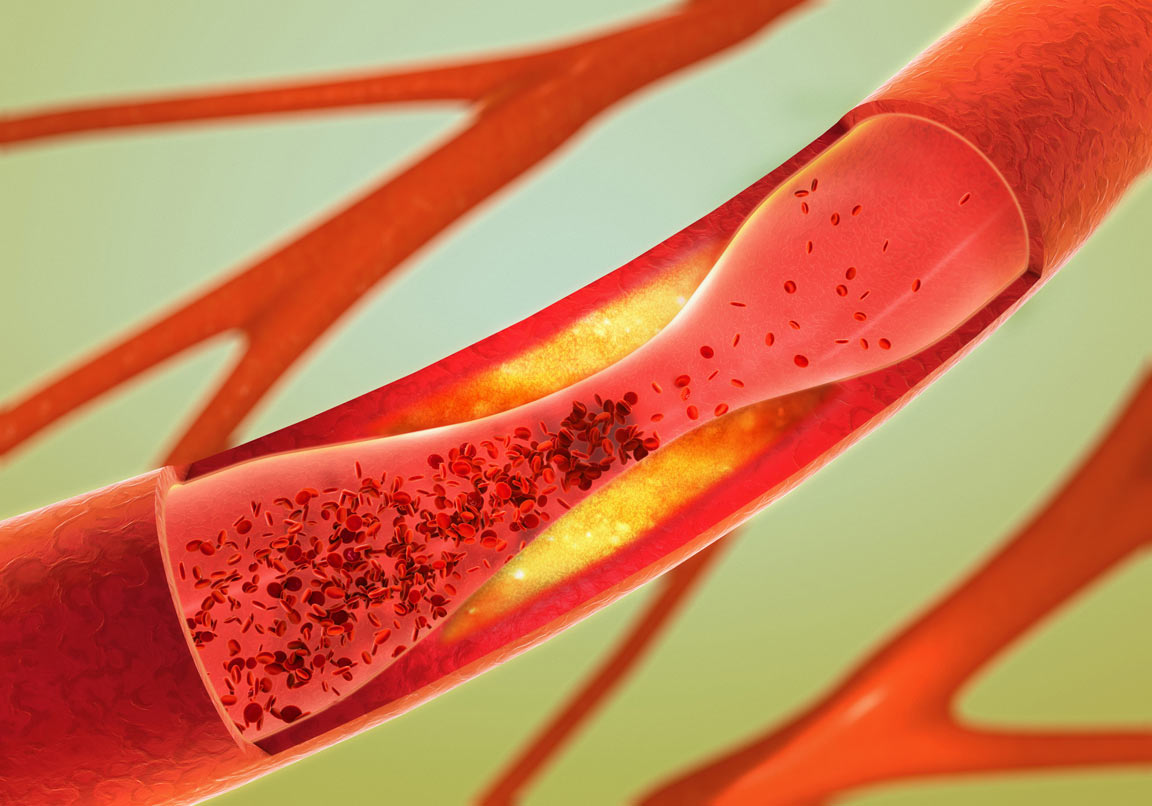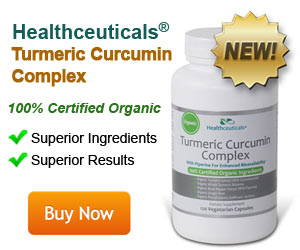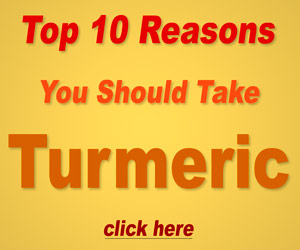Cardiovascular Benefits of Gotu Kola

Gotu kola (Centella asiatica), a perennial relative of parsley, is native to many African and Asian countries. It has traditionally been used to treat infections and skin conditions and to support brain health and mood.24
Recent studies suggest that gotu kola’s antioxidant properties may also be useful in maintaining a healthy heart and cardiovascular circulatory system. Since risks of coronary heart disease (e.g., diabetes and obesity) are becoming increasingly prevalent, research continues to develop ways to treat and prevent the symptoms and mortality from heart and cardiovascular conditions.33
Specific Cardio Health Benefits of Gotu Kola
Some of gotu kola’s cardiovascular health benefits are supported by the results of animal and human studies in the following areas:
- Anti-Aging Fitness Effects.
- Reduce Damage to Heart Muscle.
- Therapy for varicose veins and edema.
- Improve Cholesterol Levels.
- Reduce Risk of Stroke.
- Weight Loss.
- Diabetic Microangiopathy.
Gotu Kola for Heart Disease and Strokes
You may have heard that gotu kola raises bad cholesterol levels and has harmful interactions with cholesterol medications. These suggestions were raised as a result of some animal studies and two small human studies conducted in the 1960s indicating an association between oral consumption of gotu kola and elevated cholesterol in normal animals or study participants. However, experts note that the increases in the human studies were not statistically significant, and recent research on gotu kola’s metabolic effects do not substantiate these concerns.40
Although it is too soon to tell, preliminary study evidence suggests that gotu kola may actually lower overall risk factors of coronary heart disease and stroke:
- Rats fed a diet supplemented with powdered gotu kola had significantly lower levels of so-called bad cholesterol (LDL) and higher levels of the good cholesterol (HDL) compared to the control group of rats fed the same diet without gotu kola. (It should be noted that rats supplemented with both the powder and extract forms of gotu kola had higher levels of cholesterol than the control group, however.) The supplemented rats also showed a significant decrease in body weight.18
- In one 12-month controlled clinical trial, administration of 60 mg of gotu kola extract three times a day was shown to stabilize atherosclerotic plaques, as measured by their density. Plaques that are associated with a greater risk of breaking off and causing a blockage and stroke are generally less dense and composed more of accumulated fat (i.e., cholesterol) than collagen. Gotu kola promotes the synthesis of collagen and increases the density of the plaques, making them less risky. An additional benefit of gotu kola identified in this study was the inhibition of plaque growth. While plaques in the patients of the untreated control group grew by a median 23%, those in the gotu kola-treated group stayed the same size after 12 months.41
Gotu Kola to Counteract Damage to the Heart
Results of animal studies suggest that gotu kola can exert a protective effect on heart tissue from myocardial ischemia-reperfusion injury or cardiomyopathy and congestive heart failure resulting from Adriamycin® chemotherapy treatments.36
In the study on ischemia-reperfusion, pre-treatment with madecassoside, a principle component of gotu kola, lessened the damage to heart muscle by inhibiting production of free radicals and promoting antioxidant activity.16 Similarly, pre- and co-treatment with gotu kola in rats given Adriamycin® inhibited development of oxidative enzymes while enhancing antioxidant enzymes, significantly ameliorating heart damage induced by this chemotherapy drug.36
deprived of blood supply.


